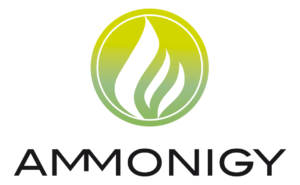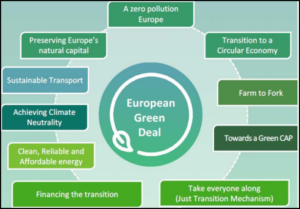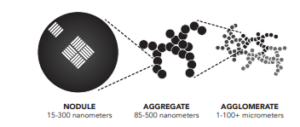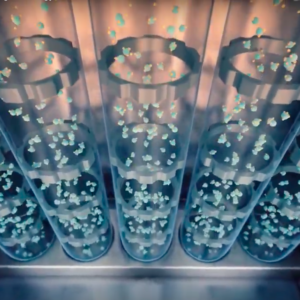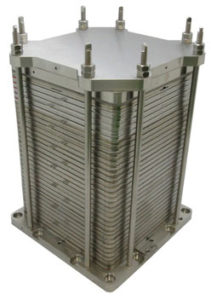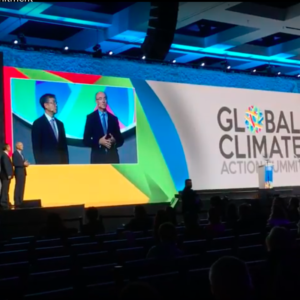Germany
Europe!
Earlier this month Germany announced the adoption of a National Hydrogen Strategy. This is the latest piece to fall into place for the European Union’s broad strategy to become a zone of comprehensive sustainability. The German plan comes a few beats after the European Commission's unveiling of its Green Deal framework, but Germany is positioning itself as the organizational hub for the Green Deal's hydrogen energy elements.
Methane splitting and turquoise ammonia
Most hydrogen today is produced from fossil fuels – steam methane reforming of natural gas, partial oxidation of coal or oil residues – and entails large CO2 emissions. This fossil hydrogen can be called “grey hydrogen”. Or sometimes, brown. The same color scheme applies to the ammonia produced from it, so we have “grey ammonia.” Or brown ammonia, your call. The exact carbon footprint depends on the fuel used and the efficiency of the facility, so you could easily identify many shades of grey. There is, however, another option to deliver clean hydrogen – and now another colour: turquoise, or green-blue (or blue-green). This is the colour of hydrogen from methane pyrolysis, a process that directly splits methane into hydrogen and solid carbon. Instead of being a waste, like CO2, that must be disposed of safely, solid carbon is potentially a resource.
GenCell A5 update: hydrogen power from ammonia fuel cells ("The Next Big Thing in Energy Production")
GenCell Energy, an Israeli technology company, recently announced a research collaboration with Fraunhofer UMSICHT, a German research institute, that will deliver a "scale-up of the catalyst synthesis process" for cracking ammonia. This will enable GenCell "to produce large quantities of a novel inexpensive catalyst for generation of hydrogen from ammonia."
Ammonia Covered in Forbes.com Power-to-X Review
Last week, Forbes.com published Power-To-X In The German Experience: Another In The List Of Growing Energy Transition Strategies. The article in effect nominates ammonia as a singularly promising up-and-comer in the field of the alternative energy vectors. Such an endorsement is heartening, but the article is notable as much for who is delivering the message – and the fact of its delivery under the Forbes masthead – as for what the message is.
Ammonia for Fuel Cells: AFC, SOFC, and PEM
In the last 12 months ... IHI Corporation tested its 1 kW ammonia-fueled solid oxide fuel cell (SOFC) in Japan; Project Alkammonia concluded its work on cracked-ammonia-fed alkaline fuel cells (AFC) in the EU; the University of Delaware's project for low-temperature direct ammonia fuel cells (DAFC) continues with funding from the US Department of Energy's ARPA-E; and, in Israel, GenCell launched its commercial 4 kW ammonia-fed AFC with field demonstrations at up to 800 locations across Kenya.
Targets, Limits, Pledges, Bans: Enforcing the Transition to Sustainable Energy
In the last 12 months ... California passed a law mandating 100% carbon-free electricity by 2045; then its governor announced that the state's entire energy system - not just its electricity - would be carbon-neutral by 2045. The Hydrogen Council announced its "goal of decarbonizing 100% of hydrogen fuel used in transport by 2030." The International Maritime Organization set targets for the global shipping sector to “reduce the total annual GHG emissions by at least 50% by 2050,” and completely “phase them out, as soon as possible in this century,” and these targets were swiftly endorsed by the International Chamber of Shipping. Regulators and self-regulating organizations around the world are enforcing systemic decarbonization and accelerating the transition to a hydrogen economy.

